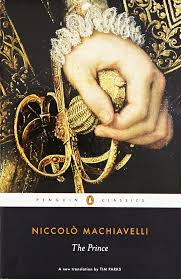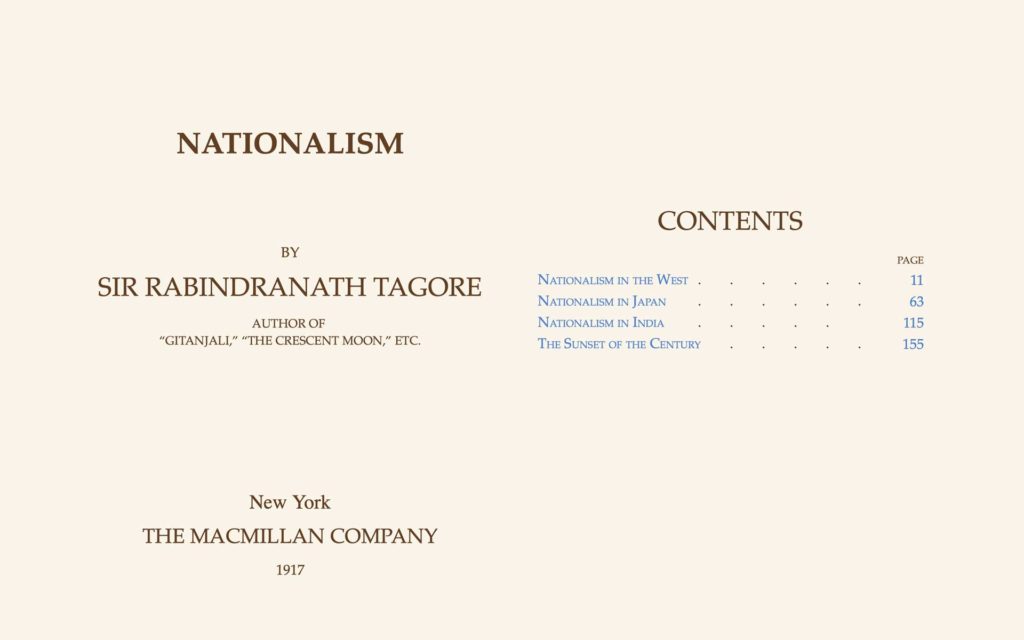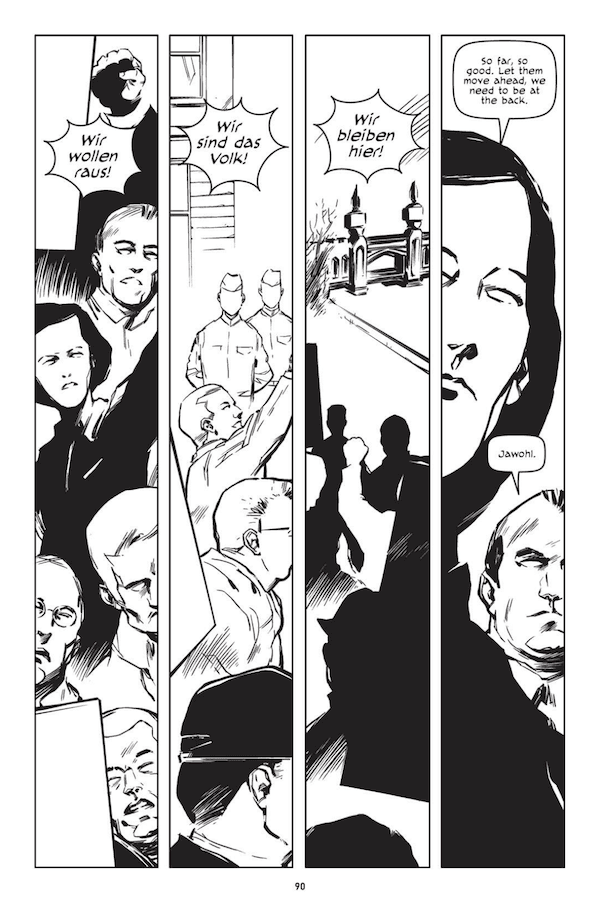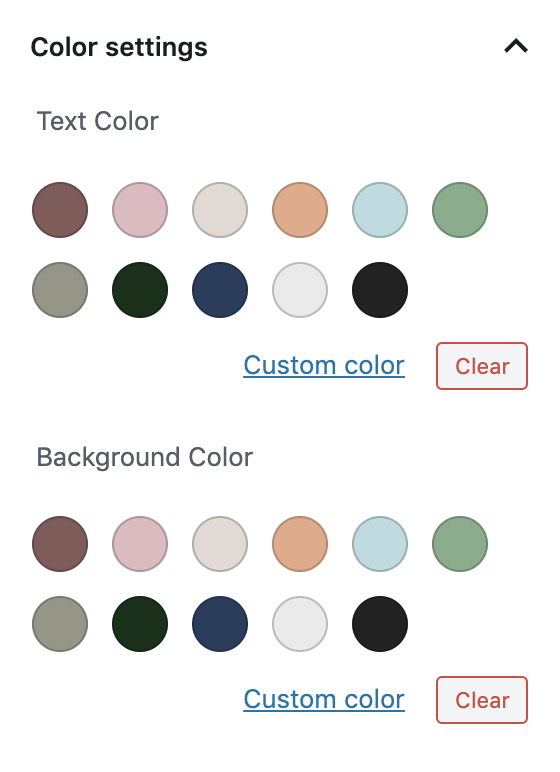All Marketers Tell Stories
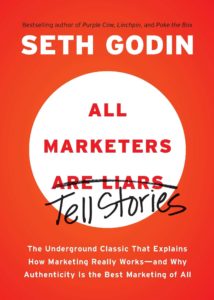
All Marketers Tell Stories by Seth Godin helped me understand why I feel that marketing is a dirty job. It says, that the marketing process is about making someone feel a certain way, rather than them feeling it on their own. On one hand, this seems like psychological trickery, on the other, it seems obvious that even our day-to-day lives are about making people feel things.
The broad concept of the book is simple, we understand the world through stories, and that feelings matter more than fact.
Stories make it easier to understand the world. Stories are the only way we know to spread an idea.
The facts are irrelevant. In the short run, it doesn’t matter one bit whether something is actually better or faster or more efficient. What matters is what the consumer believes.
We’d like to believe that people are rational and informed. They are neither.
But what does the consumer believe in, and how do we use that to tell our story?
Continue reading “All Marketers Tell Stories”